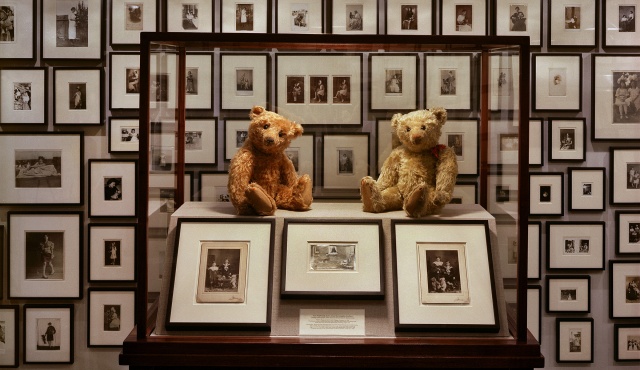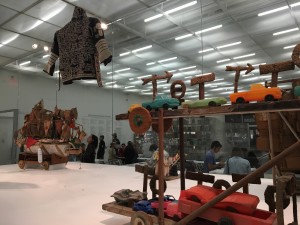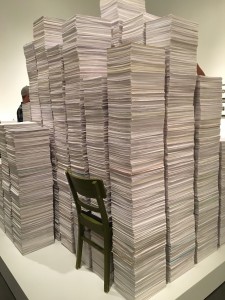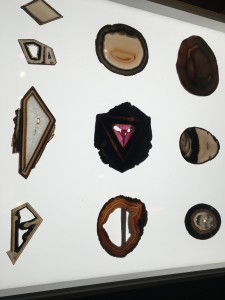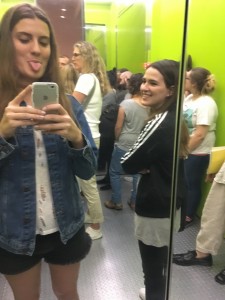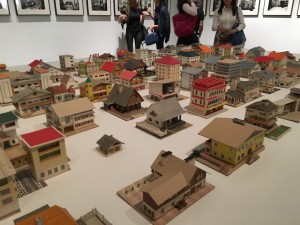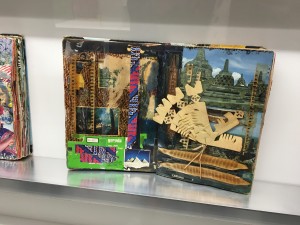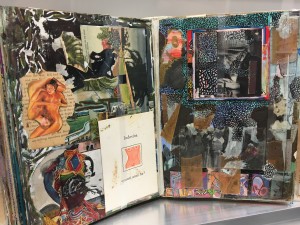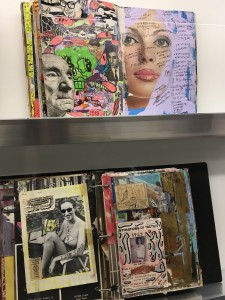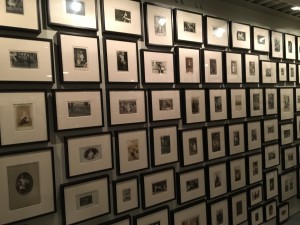Sometimes when we walked into a museum, we don’t actually think about all the details that one piece of art contained. The materials, the size, the background, the artist, the curator. Every single detail that makes the art so unique. The New Museum held an exhibition from June 20 until October 2 of 2016, called “The Keeper”, curated by Massimiliano Gioni. It was an exhibition that gathered art work from differents artists such as Roger Caillois with his rare stones and Hilma af Klint with her abstacts painting which she kept hidden for decades after her death. But from most of all, the center of the exhibition was the work of Ydessa Hendeles. The theme of the exhibition “The Keeper” is dedicated to the act of preserving and saving objects, artworks, artifacts, and images, and to the passions that inspire this undertaking. In other words, is an exhibition about individuals who had carry out acts of iconophilia. A reflection of preserving the most valuable and the less valuable objects. Where the exhibition, by gather such art, also reflects the function and responsibility of museum within economies of desire. The exhibiton ask, the purpose of holding something and the meaning to loose it. In art words, the purpose of preserving an artwork, or the meaning to destroy it.
As it is mentioned before, the predominant artist from all is Hendeles, with his centerpiece of the exhibit called: “Parterns” a teddy bear project from 2002. That piece is composed by over 3,000 old polaroid photos of people, in most of the case, children, with their teddy bears. Those photos were covering all the walls of one room of the museum, along with some vitrines that contained physical antique teddy bears. The purpose of Hendeles of using teddy bears for her art piece, is used as a metaphor for the power of artworks and images related to the relationship that people create with one object. So, in other words, this art piece, tells the story of 3,000 people, which created this affection with one teddy bear. And by the pass of the time, those objects represent safety to those individuals.
As to how the exihition was installed of this specific art piece “Partners”, I think is a very successful way to represent the purpose of the author. Once that you walked inside the, it evokes an atmosphere of a library or archive room. Specifically an old one, as the photos are dated back to 1900-1940, so all the photos have a sepia gradient hue. Also, the photos are arranged in a peculiar way so that is easy to understand the emotional and physical importance of the teddy bear on each photo. The room had actually a second floor, so that you can see all the way from the floor to the top of the wall all the photos. By instance, by going to the second floor, the perspective in which you saw the installation was like each person going in the room was looking for a “book” in this case, as it seemed as a library. In that way, the library represent how those people preserved their teddies. On the other hand, the vitrines along the room, make you have a closer contact with the teddy bear as you can actually see it physically through the glass along his his photo with his actual owner. In this way, each photo, and each teddy bear, is telling a part of the story of life of a person, in which, they decided to guard and safe their precious object, their teddy bear.
Furthermore, as I mentioned before, “The Kepper” held different types of artists which convey the same idea in their art. Shinro Ohtake, a Japanese neo-pop artist, along with the other artist shared his idea about collecting different objects to create his piece. He created “scrapbooks”. Gathering, gestating, and pasting are keys for this artist when creating a work. But for this series of 66 scrapbooks, is density. Ohtake has been making this for over 30 years to get done all the scrapbooks like a collage on each page, actually getting done his last one on 2012. Tickets, photos, newspapers, magazines, fliers, are all part of his collages. Which pages are glued with raw materials, and the final step is to varnished them. The purpose of Ohtake of creating scrapbook and making a collage in them is to record and memorialize one’s life. Which is the actual purpose of the scrapbook, recording one’s life.
The way this exhibiton of this pieces of art, was kind of different from Hendeles artwork. It was a pathway to get into another room with vitrines on both of the sides against the wall; for instance, it was a room much narrower than the room that contained the “Partner” piece. In this way, as you walked into it, it was easy to get to see the pieces from one side to another by standing in one point. It will give you a perspective in which you could actually compare all the scrapbooks. On the other hand, as we have a concept of a scrapbook as something personal and private, by looking at it, all of them open, you felt like if you were looking to someone’s life. The way the collages were made, felt like if someone was trying to express some feeling, some experience through a collage. It felt like each one of the scrapbook belong to someone, but in reality, it was about our perception of it. The collages are made by materials that we have been gathering and collecting, in a similar way as we keep memories, experiences and feelings. And that’s how the concept of a scrapbook reflects on the way we live.
In conclusion, I think this exhibition of “The Keeper” is one of the most interesting and well-organized exhibitions that I have ever been. The way one artist linked to another, and how each one of the artist exhibits their work based on the concept of their art. “Partners”, used a large 2 -floors –room to get it seemed like a library. The purpose of creating the feeling of getting into a library is to reflect how we archive, and preserve objects that are valuable for us, like teddy bears. On the other hand, “Scrapbooks” is made by materials that were collected for many years of life of the author. Even thought, each scrapbook has the essence of a different person. The way both of this exhibits were made, differ from each other, but both used vitrines as part of their installation to get the illusion of something that is been kept, that is been hold and that is been preserved.
